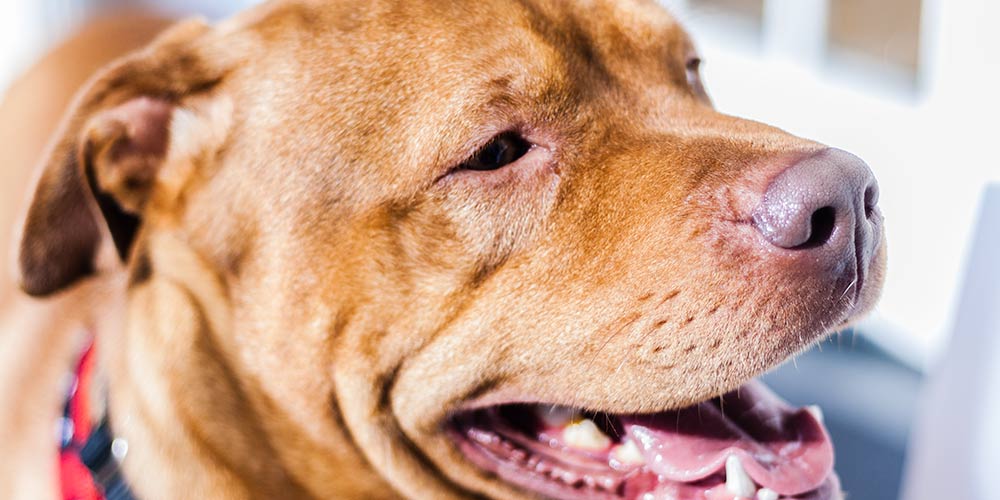Definition: the distance from the lens where objects appear in-focus and sharply rendered.
One of the most basic elements of photography composition is depth of field. You can use depth of field for artistic purposes, to draw attention to certain areas and calculate the sharpest possible distance for your photo.
How to Use Depth of Field in Composition
Depth of field allows you to determine the focus of a picture. A shallow depth of field, for example, softens the background and can bring one specific subject into stark relief, making it the obvious focus your photo’s composition. A deep depth of field can allow you to show the beauty and majesty in a large landscape scene.
Your viewer’s eye will automatically hone in on the most in-focus part of the picture. If the entire picture is largely in focus, which is common in landscapes and cityscapes, the viewer will have no one focus and will take the picture in as a whole. (That’s when you need to make sure you have foreground and background elements lining up well.)
Both of these concepts can be used to great artistic effect, either drawing attention to or away from some element of the photograph.
What is the difference between depth of field and bokeh?
Bokeh, too, makes use of out of focus and in-focus light for an artistic effect. The difference is quality—parts of your photo that are out of the DOF are simply blurry. Bokeh is the quality of the blurred light, something which can vary a surprising amount.
How to Control Depth of Field via Camera Settings
Depth of field is dictated by three things: the diameter of the lens aperture, the focal length, and the distance from the subject. Wider apertures have greater effect on depth of field than narrow apertures. Longer focal lengths mean shallower depths of field, and the closer a subject is to a camera, the shallower the DOF will be.
For deeper DOF, you want a narrow aperture, shorter focal length, and greater distance from the subject. For a shallower DOF, you’ll want a wider aperture, longer focal length, and less distance between the camera and the object.

No comments yet.